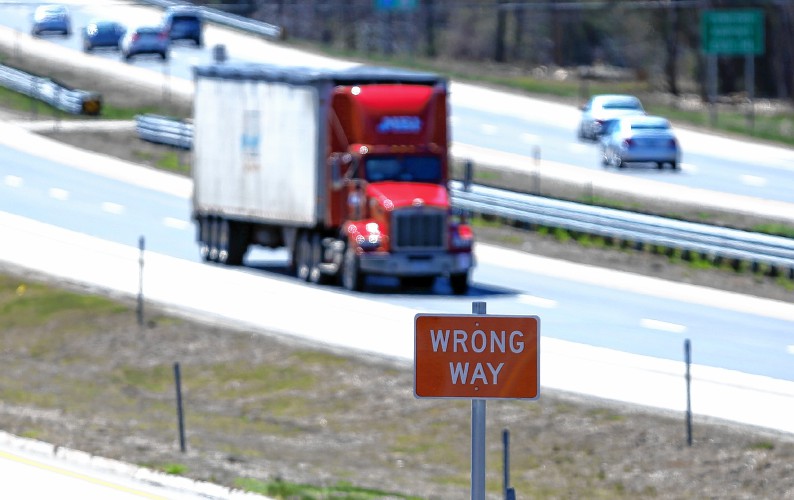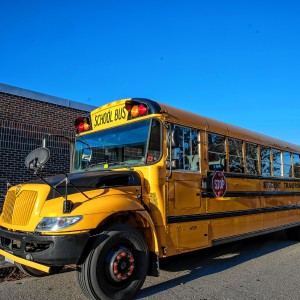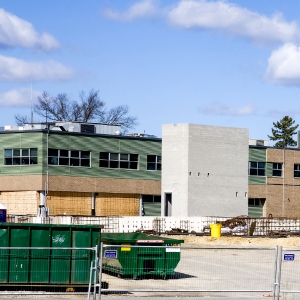Stopping hit-and-run fatalities is an unending job

GEOFF FORESTER
| Published: 02-25-2025 3:15 PM |
When it comes to reducing hit-and-run fatalities it helps to be rural.
That’s one conclusion from an analysis of 2022 National Highway Traffic Safety Administration statistics done by a national personal injury law firm.
They found that Wyoming, the least populated state, and New Hampshire were the only two states with no such fatalities that year while the five states with the smallest non-zero rates of such fatalities were also rural, including Vermont and Maine.
Being rural isn’t a guarantee of hit-and-run safety, however: Louisiana and New Mexico had the worst rates of such fatalities per capita that year.
And it’s no guarantee for New Hampshire: Two people were killed in the state by hit-and-run accidents in 2024.
Hit-and-run accidents are a constant problem on American highways. In 2022, for example, 1 in 250 licensed drivers in the U.S. were involved in hit-and-runs. The West had the highest rate of fatal hit-and-runs in 2022 — 1.06 per 100,000 inhabitants – while the Northeast had the lowest rates at 0.47 per 100,000 inhabitants, according to the analysis from Philadelphia-based firm KaplunMarx.
In recent years attention has focused on roadside workers, especially along interstate highways. New Hampshire’s “move over law” is an example: It requires drivers to give a wide berth – changing lanes if possible – to emergency vehicles and accidents stopped on roadways. The law has been in place for two decades but has received far more attention since crashes spiked during the pandemic.
The number of hit-and-run fatalities was relatively steady at about 2,000 a year nationally until COVID hit, when it jumped to around 2,800. Most of the people killed in hit-and-runs are pedestrians rather than vehicle passengers or drivers.
Article continues after...
Yesterday's Most Read Articles
 House committee defunds relief program for mothers and children, spares SNAP incentives
House committee defunds relief program for mothers and children, spares SNAP incentives
 No high-speed E-ZPass at Hooksett tolls for at least two months
No high-speed E-ZPass at Hooksett tolls for at least two months
 New Hampshire law enforcement to step up traffic enforcement on Route 106
New Hampshire law enforcement to step up traffic enforcement on Route 106
 Schools in Lakes Region explore creating a special education school to bring down costs
Schools in Lakes Region explore creating a special education school to bring down costs
 Work continues on new state psychiatric hospital in Concord
Work continues on new state psychiatric hospital in Concord
 House committee reverses vote, adopts prohibition on DEI activities and spending
House committee reverses vote, adopts prohibition on DEI activities and spending







 Henniker ponders what is a ‘need’ and what is a ‘want’
Henniker ponders what is a ‘need’ and what is a ‘want’ Boscawen residents vote to fund major renovation of public works building
Boscawen residents vote to fund major renovation of public works building ‘Voting our wallets’: Loudon residents vote overwhelmingly against $1.7M bond for new fire truck
‘Voting our wallets’: Loudon residents vote overwhelmingly against $1.7M bond for new fire truck In Pembroke, Education Freedom Accounts draw debate, voters pass budget
In Pembroke, Education Freedom Accounts draw debate, voters pass budget
